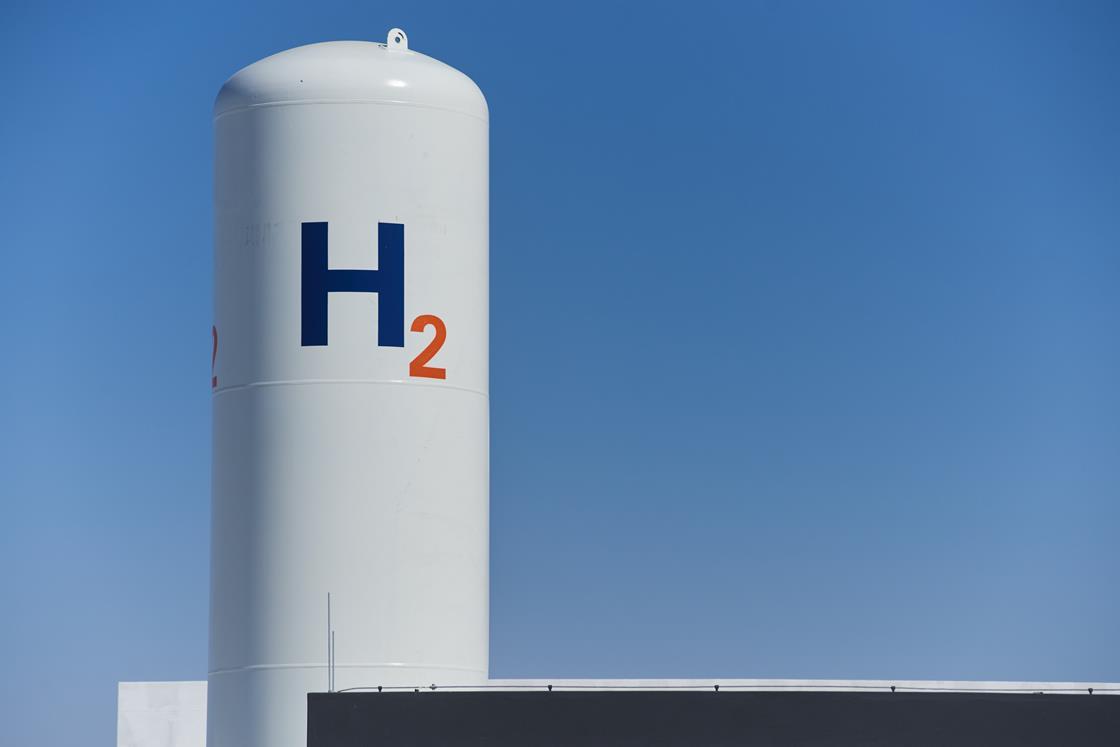Innovative Catalyst Enables Green Hydrogen and Acetic Acid Production from Ethanol
Key Ideas
- Researchers at Peking University develop a catalyst for selective partial steam reforming of ethanol, yielding high acetic acid selectivity and minimal carbon emissions.
- The new process shows potential for commercial competitiveness in chemical production, although further optimization is needed for cost-effectiveness.
- Concerns raised about economic viability and carbon neutrality of bioethanol feedstock, with suggestions for water electrolysis as a more sustainable hydrogen production method.
- Despite challenges, the innovative approach offers a promising alternative for green hydrogen production and could decentralize chemical manufacturing processes.
A recent study by researchers at Peking University in Beijing, along with collaborators in China and the UK, introduces a groundbreaking catalyst that facilitates the selective production of hydrogen and acetic acid from ethanol without direct carbon dioxide emissions. This innovative process, known as selective partial steam reforming, demonstrates high acetic acid selectivity, marking a significant advancement in green chemical production. By utilizing a catalyst supported on molybdenum carbide, the researchers were able to achieve remarkable results, including a substantial reduction in side reactions and an impressive acetic acid selectivity of 84.5% at 270°C.
Despite the promising outcomes, concerns about the commercial viability of the process have been raised. Some experts question the economic feasibility of the method due to current price differentials between the final products and the starting materials. Additionally, the sustainability of bioethanol as a feedstock and the global scalability of the process are subjects of debate within the scientific community.
While acknowledging the advantages of water electrolysis for green hydrogen production, the research team highlights the potential of their approach for decentralized, small-scale manufacturing of green hydrogen and other chemicals. The study suggests that the future of chemical manufacturing may involve diverse methods tailored to specific regional and economic conditions. This innovative catalyst offers a promising pathway towards reducing the carbon footprint of the chemical industry and advancing towards a more sustainable future.
Topics
Green Hydrogen
Production
Renewable Energy
Water Electrolysis
Economic Viability
Chemical Industry
Bioethanol
Catalyst
Acetic Acid Production
Latest News
